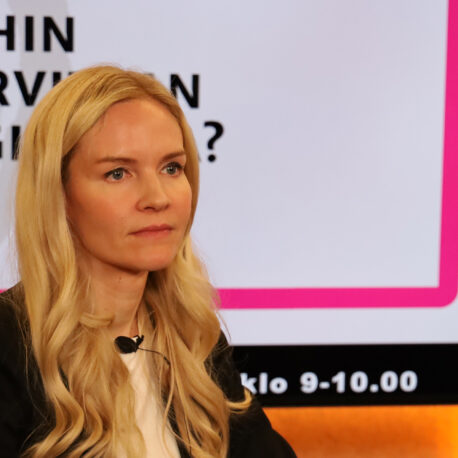
- According to a recent study, the total cost of introducing the digital euro for retail banks within the euro area could amount to €18 billion. This figure is an initial estimation that does not include running costs.
- The study was conducted from a sample of 19 European banks. The average change cost was estimated at €110 million per bank.
- The Digital Euro Cost Study was commissioned by the European credit sector associations and conducted by PricewaterhouseCoopers (PwC).
- Finance Finland fails to see what additional value the digital euro would bring to the already functional and efficient monetary system.
The European Central Bank (ECB) is planning to launch a digital euro: a central bank digital currency that would complement coins and banknotes as a payment method. The final decision on whether or not the digital euro will be issued has not been made yet, but foundations are currently being laid to pave the way for its possible future issuance and roll-out.
The European Association of Co-operative Banks (EACB), the European Banking Federation (EBF) and the European Savings and Retail Banking Group (ESBG) commissioned a study on the change costs of the introduction of the digital euro for retail banks within the euro area. The objective of the study was to provide a fact-based assessment of investment and resource requirements that banks might face over the first four years if they need to implement the digital euro.
The key findings of the study were the following:
- The change costs for the banks in the study panel amount to more than €2 billion, with the average change cost estimated at €110 million per bank. If the results are extrapolated to the entire euro area, the total change cost for banks could amount to €18 billion.
- Technical adjustments account for about 75% of the estimated total costs.
- The introduction of the digital euro would also entail significant deployment of bank personnel. On average, almost 46% of the resources with relevant skills would be tied up per year. This would materially limit the innovative ability of the banks.
The study was conducted using data from a sample of 19 banks and banking groups. The names of the participating banks are not published, and their estimates were collected in a fully anonymised way. The cost estimate of the study does not cover running costs, the offline functionality, multiple accounts or merchant acquiring. The offline functionality enables payments without mobile or network connectivity. The multiple accounts functionality would allow users to access and hold more than one digital euro account with different intermediaries. The alternative is a single digital euro account that is tied to a specific bank.
“The total cost of the digital euro must be pared down substantially for the project to be sustainable. This can be done by simplifying the design of the digital euro. Banks should be allowed flexibility in how they choose to introduce the digital euro in their own services”, says Finance Finland’s Head of Authentication and Mobile Payments Peter Jansson.
Still have questions?
|Contact our experts
Looking for more?
Other articles on the topic

Cash is about more than just ATMs and shops – how can we secure Finland’s cash supply?

How much would the digital euro cost? Initial estimation published

Is the FIDA proposal worth its cost or a hundred million dud?

Study: The digital euro would create costs, impact payment systems and potentially shake financial stability – still no proof of benefits





